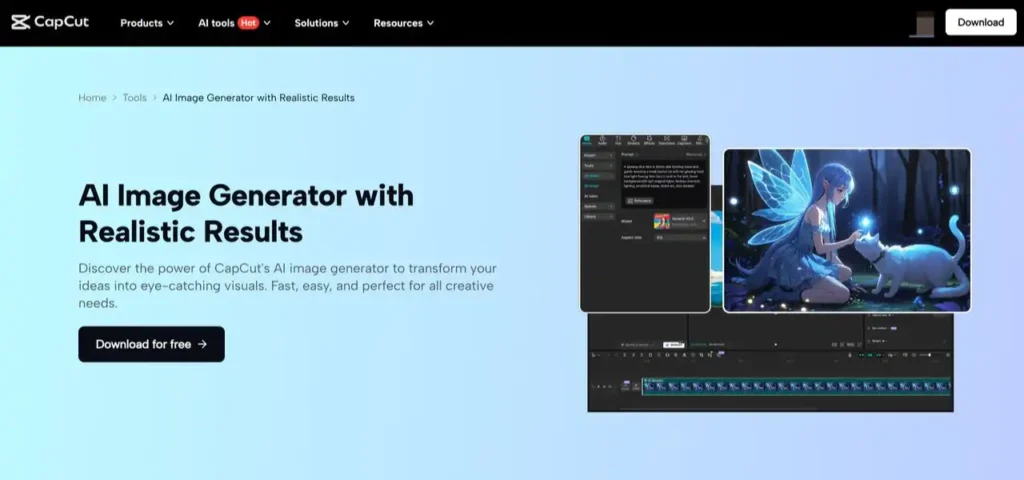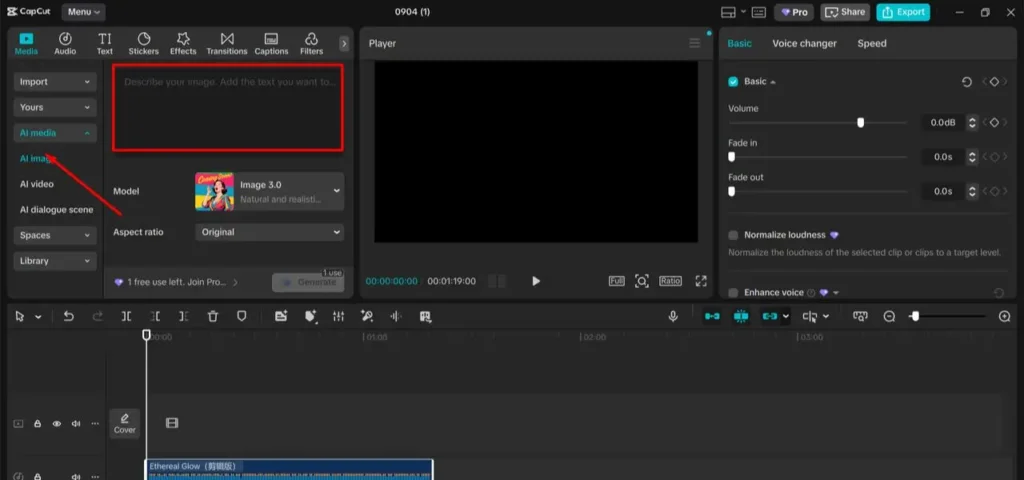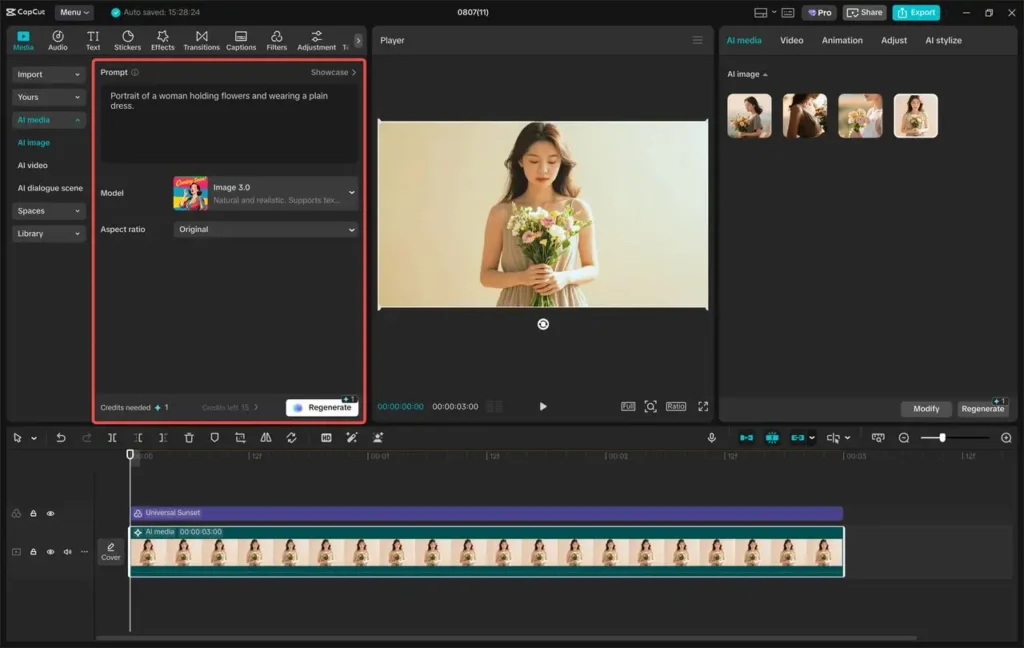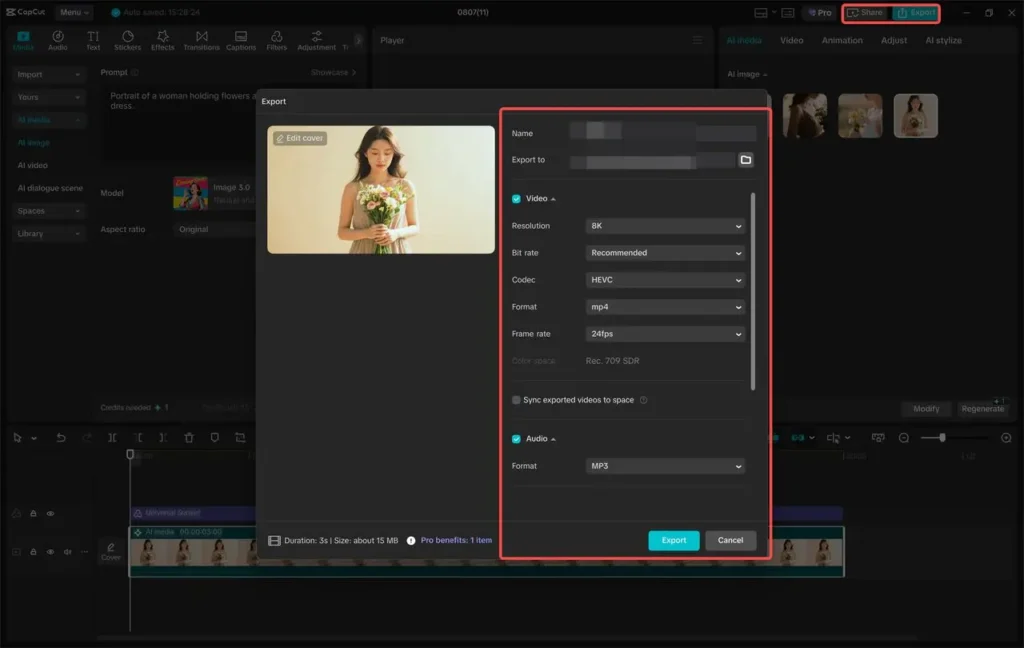In recent years, Artificial Intelligence (AI) has transformed many aspects of technology, with one of the most exciting developments being AI image generators. These tools have already revolutionized digital art, gaming, and entertainment by allowing anyone to create visuals from simple text prompts. But there is a realm where their potential is still largely untapped: Virtual Reality (VR). The merging of an AI image generator with VR could change the way we experience digital environments and create virtual worlds.

The Current Role of AI Image Generators in Digital Creation
AI image generators are tools that allow users to create images based on written descriptions. Using complex algorithms and deep learning models, they can produce realistic or abstract visuals that match the text input. For example, a user might type “a futuristic cityscape at sunset,” and the AI will generate an image that fits that description. Some popular AI image generators include an AI avatar for personal use, game design, and even professional art creation.
These tools have gained traction in industries such as graphic design, advertising, and social media, where content creators are often tasked with producing visuals quickly. AI image generators save time, streamline creativity, and offer a new level of creative freedom. But their potential extends far beyond these applications.
The Promise of AI Image Generators in Virtual Reality
When combined with Virtual Reality, AI image generators can take immersive experiences to a new level. VR already allows users to enter and interact with 3D environments, but adding AI-powered image generation could bring more dynamic and customizable experiences to virtual spaces. Here’s how AI image generators could change the world of VR:
1. Personalized Virtual Environments
Imagine entering a virtual world where everything around you is tailored to your preferences. AI avatars are a great example of how personalization can improve VR. Instead of using pre-designed characters, you could input your preferences and let the AI create an avatar that perfectly matches your description. Similarly, entire virtual environments—like landscapes, buildings, or even interiors—could be generated on demand based on your vision. Whether you’re designing a virtual home or crafting a fantasy world, the possibilities for customization are endless.
2. Real-Time Content Creation
Traditional VR environments often require extensive design work from developers to craft 3D models, textures, and environments. AI image generators, however, can produce these elements in real time. This would significantly reduce the time it takes to create virtual spaces, allowing users to generate new environments on the fly. For instance, if you were designing a VR game or experience and needed a forest scene, you could simply describe it, and the AI would generate the image instantly, which could then be translated into the virtual world.
3. Enhanced Immersion Through AI-Driven Content
One of the biggest challenges in VR is maintaining immersion. Traditional VR experiences can feel static or repetitive if the content doesn’t change or evolve. However, with AI image generators, virtual environments could change dynamically based on user input or in response to real-world events. Imagine a VR game where the environment constantly adapts to the storyline or user actions. AI could create new objects, landscapes, and characters in real time, ensuring that the experience remains fresh and engaging.
4. Training and Simulation
Another exciting application of AI image generators in VR is in training and simulations. For industries like healthcare, the military, and aviation, VR simulations are already being used for training purposes. By integrating AI image generators, these simulations could become even more realistic and adaptable. For example, medical students could be placed in virtual operating rooms that change based on the procedures they’re practising, with AI-generated images of organs, surgical instruments, and more. The ability to create realistic training environments on demand is a game-changer for educational institutions and organizations looking to train professionals in a safe, controlled setting.
How to Use CapCut’s AI Image Generator on Desktop
CapCut, a popular video editing tool, has recently introduced an AI image generator feature that allows users to create stunning visuals with ease. Using this tool on the desktop version of CapCut is simple and can be broken down into three key steps:
Step 1: Describe Your Vision
To start, launch CapCut and enter the editing interface. From the left panel, select “AI media” and then click on “AI image”. In the prompt box that appears, type a detailed description of the image you wish to generate. For example, you could type, “A tropical beach at sunset with gentle waves and palm trees.” You can also use the “Reference” option to upload a sample image that will guide the AI in generating your desired visual.

Step 2: Select a Model and Aspect Ratio
Once you’ve entered your prompt or uploaded a reference image, choose an AI model that fits your needs. CapCut offers several models, such as Image 3.0, Image 3.1, Image 2.0 Pro, and Seedream 4.0. These models vary in the level of realism and detail they produce. After selecting your model, choose the aspect ratio based on your target platform, whether it’s 9:16 for TikTok or Instagram or 16:9 for YouTube. Once you’re happy with the settings, click on the “Generate” button to let CapCut’s AI create your image.

Step 3: Download and Share
When you’re satisfied with the generated image, click on the export button in the top-right corner. You can then select the format and resolution (up to 8K) that suits your needs and click “Export”. The image will be downloaded to your device, ready for you to use in your projects, whether it’s for social media posts, marketing materials, or VR environments.

Why This Matters for the Future of VR
The fusion of AI image generation and VR offers an exciting glimpse into the future of digital creation. By allowing users to generate personalized, dynamic, and immersive content in real time, AI image generators can make VR experiences more engaging, interactive, and customized than ever before. From personalized avatars to entire virtual worlds, the potential for creativity in VR is virtually limitless.
Moreover, with tools like CapCut’s AI image generator, creating stunning visuals becomes as easy as typing a description, opening up the world of VR to creators of all levels. Whether you’re an artist, developer, or hobbyist, the integration of AI image generators into VR will empower you to bring your visions to life in ways we’ve never seen before.
As technology continues to evolve, it’s clear that the future of virtual reality is not just about immersive headsets and hardware—it’s about the limitless possibilities that AI-driven tools bring to the table. By tapping into the potential of AI avatars, AI image generators, and other emerging technologies, the next generation of virtual worlds will be more personalized, dynamic, and immersive than ever before.
